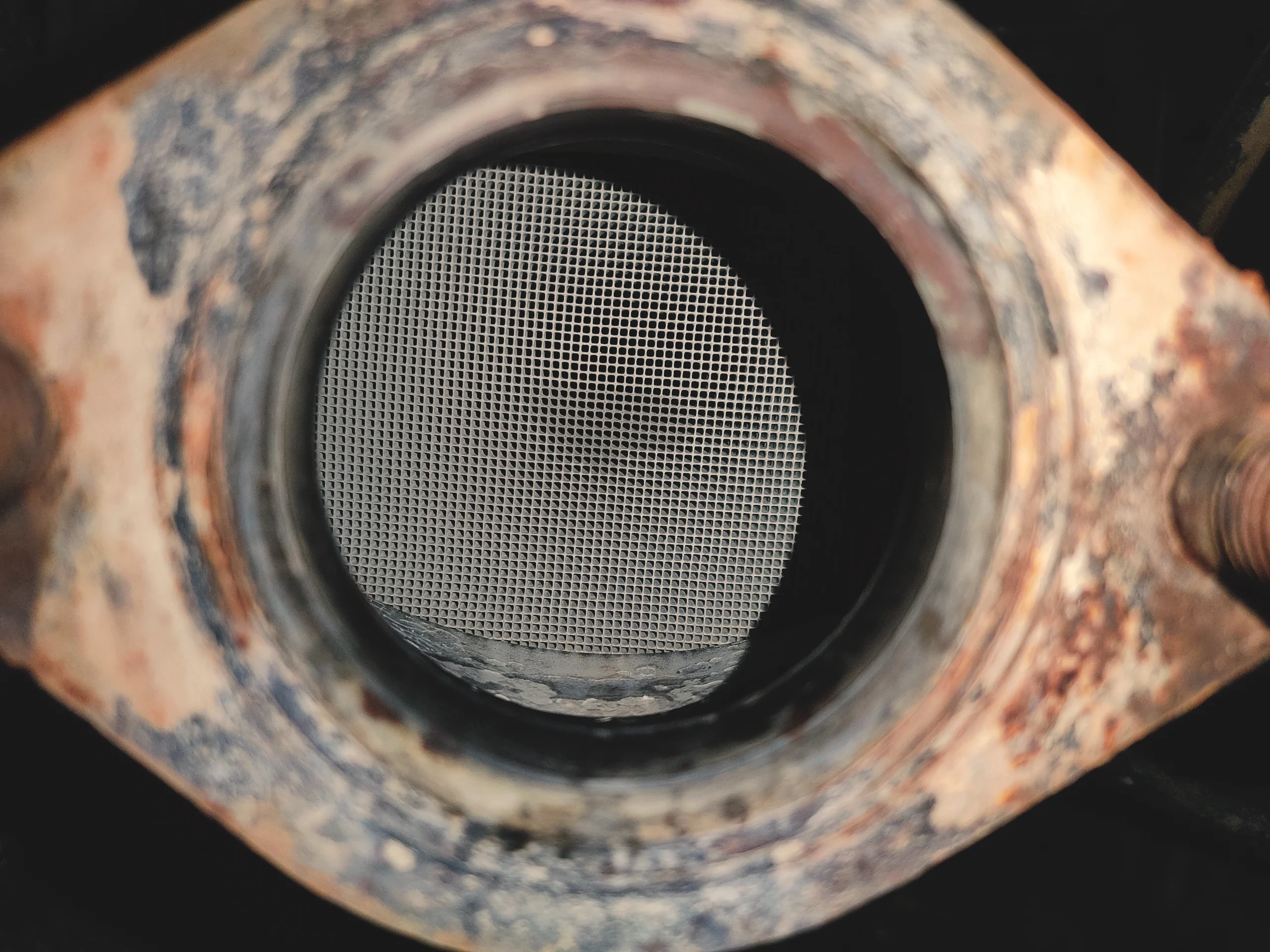In the effort to reduce vehicle emissions, one key innovation stands out: the catalytic converter. This essential part of a car’s exhaust system helps limit the release of harmful gases into the environment. By converting toxic substances into less harmful ones, catalytic converters play a major role in improving air quality and supporting public health. In this article, we’ll explore how they work, why they matter, and how recycling them contributes to a more sustainable future.In the effort to reduce vehicle emissions, one key innovation stands out: the catalytic converter. This essential part of a car’s exhaust system helps limit the release of harmful gases into the environment. By converting toxic substances into less harmful ones, catalytic converters play a major role in improving air quality and supporting public health. In this article, we’ll explore how they work, why they matter, and how recycling them contributes to a more sustainable future.
How Catalytic Converters Work
A catalytic converter converts harmful pollutants produced during combustion into less harmful emissions through chemical reactions facilitated by catalysts. The core contains a ceramic or metallic honeycomb structure coated with precious metals like platinum, palladium, and rhodium.
When exhaust gases pass through the converter, three main harmful compounds are targeted:
-
Carbon Monoxide (CO): Converted into carbon dioxide (CO₂).
-
Hydrocarbons (HC): Transformed into carbon dioxide (CO₂) and water (H₂O).
-
Nitrogen Oxides (NOx): Reduced to nitrogen (N₂) and oxygen (O₂).
This process significantly reduces the emission of these pollutants, making vehicles less harmful to the environment.
The Necessity of Catalytic Converters
Catalytic converters are essential for several reasons:
-
Environmental Protection: They drastically reduce harmful pollutants, contributing to cleaner air.
-
Regulatory Compliance: Many countries mandate vehicles to meet specific emission standards, achievable through catalytic converters.
-
Public Health: By reducing emissions, they improve air quality, leading to lower rates of respiratory diseases.
Catalytic Converter Price and Recycling
The catalytic converter price varies based on the vehicle type and the precious metals used. Due to the high value of these metals, catalytic converter recycling has become a significant industry. Catalytic converter recyclers play a crucial role in recovering valuable materials, reducing the need for new raw materials, and mitigating the environmental impact associated with mining.
Environmental Impact

Catalytic converters have made a substantial positive impact on the environment by significantly reducing the release of harmful gases. However, they also come with some ecological considerations.
-
Emission Reduction: These devices help decrease the levels of carbon monoxide, hydrocarbons, and nitrogen oxides, leading to cleaner air and fewer respiratory illnesses.
-
Greenhouse Gas Concerns: Although they reduce toxic gases, they do convert carbon monoxide into carbon dioxide—a greenhouse gas. Still, the overall benefit to public health and air quality is significant.
-
Finite Resources: Catalysts like platinum, palladium, and rhodium are limited in supply and require environmentally damaging mining processes. This is where catalytic converter recycling becomes critical.
A scientific study published in the Journal of Hazardous Materials highlights the environmental risks posed by improperly handled end-of-life converters. It emphasizes the value of sustainable recycling practices to recover precious metals and minimize ecological harm.
Conclusion
Catalytic converters represent a significant advancement in automotive technology, addressing the urgent need to reduce vehicular emissions. While not a complete solution to air pollution, their role in improving air quality and protecting public health is substantial. As technology advances, the quest for more sustainable and efficient solutions continues. In the meantime, the catalytic converter remains a crucial component in our fight against air pollution.
FAQ
How does a catalytic converter reduce vehicle emissions?
A catalytic converter uses precious metals to catalyze chemical reactions that convert harmful gases like carbon monoxide, hydrocarbons, and nitrogen oxides into less harmful substances such as carbon dioxide, water vapor, nitrogen, and oxygen.
Why is catalytic converter recycling important?
Catalytic converter recycling is vital because it recovers precious metals, reduces the need for mining, conserves natural resources, and minimizes environmental impact.
What factors affect the catalytic converter price?
The catalytic converter price is influenced by the type of vehicle, the amount and type of precious metals used, and current market demand for these metals.







